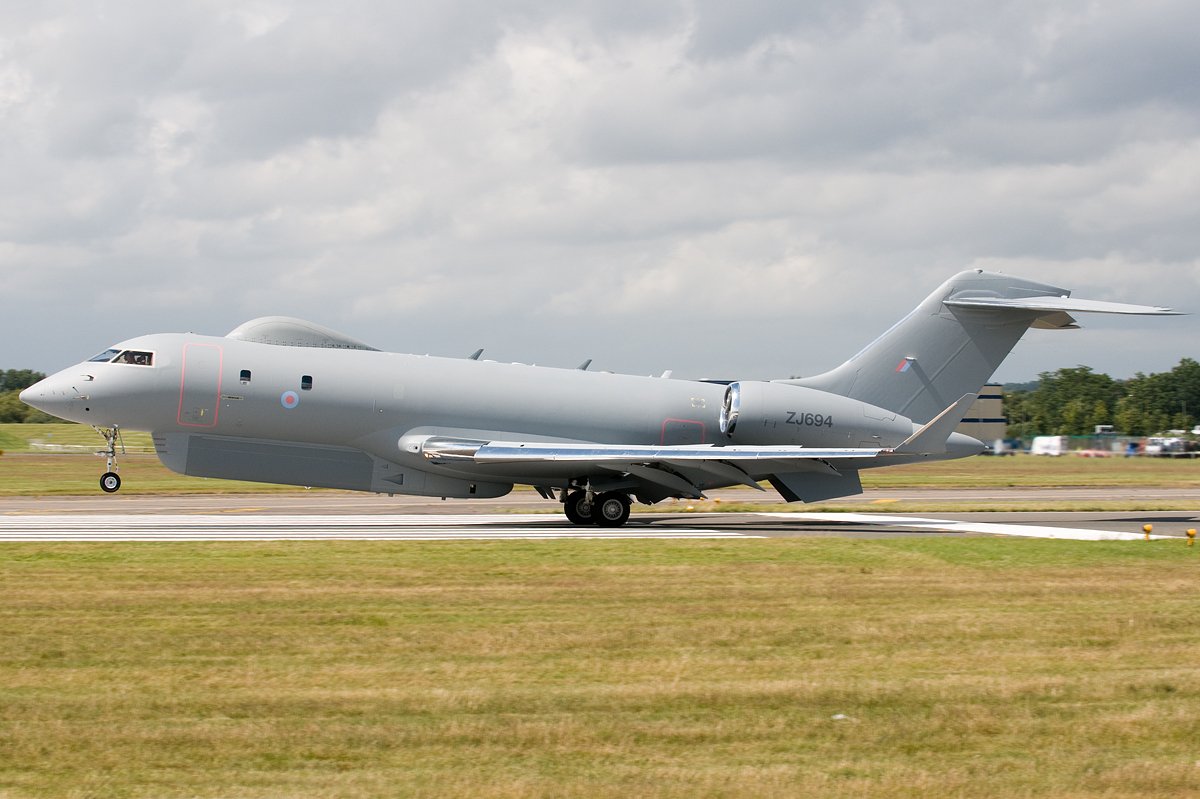Harriett Baldwin has visited two leading defence industry employers to meet small and medium-sized enterprises and apprentices in Scotland.
Minister for Defence Procurement Harriett Baldwin said:
“Scotland is on the front line defending the United Kingdom from growing threats on land, air, and sea; and the Government is listening to Scottish business and building skills to keep the UK safe, secure, and prosperous.
This is yet more evidence of our unquestionable commitment to defence and industry in Scotland, as our rising defence budget and £178bn equipment plan supports Scottish business, jobs, and skills far into the future.”
According to the press release regarding the visit, the MoD spent £1.5 billion with Scottish businesses last year and supports 9,700 jobs across Scotland, with the Royal Navy’s new Queen Elizabeth Carriers being built in Rosyth and new Offshore Patrol Vessels under construction in Govan and Scotstoun ahead of this summer’s Type 26 Frigate steel cut.
“Apprenticeships are a key element in creating a country where everyone has the chance to go as far as their talent and hard work will allow, regardless of background. 24 graduates and 24 apprentices joined Raytheon’s programmes this year, some of whom Mrs Baldwin met to hear about the company’s support for the Government’s focus on skills through its science, technology, engineering, and mathematics (STEM) ambassador programmes. Over 50 Raytheon STEM Ambassadors visit schools to teach pupils about aerodynamics, autonomy, and control systems.
SMEs are at the heart of the MOD’s Innovation Initiative. Backed by an £800 million fund, the Initiative encourages imagination, ingenuity and entrepreneurship. The goal is to work more effectively with businesses across the UK – and particularly with SMEs which might not normally think of themselves as Defence suppliers.”
However, a report published earlier in the year claims that delays in the construction of the Type 26 Frigate have had a negative impact on the development of the workforce on the Clyde.
The recently released report ‘Restoring the Fleet: Naval Procurement and the National Shipbuilding Strategy’, states that:
“It is clear to us that the delays in the construction of the Type 26 have had a negative impact on the development of the workforce on the Clyde. Apprenticeships are not being offered at the necessary rate, and those currently undertaking apprenticeships are having their skills training disrupted. Furthermore, workers are being required to move from Scotland to Barrow in order for them to undertake meaningful work.
We welcome the efforts made by the trades unions and BAE to retain the workforce during this period of uncertainty, but remain deeply concerned by warnings that further delay could be catastrophic for the skills base.”
While work on the various components and systems of the Type 26 Frigate is well underway, the Defence Secretary has confirmed work on the hull will start in July.
Andrew Marr interviewed defence secretary Michael Fallon where Fallon discussed the frigate build while talking about the record of his party on defence:
“There are new frigates on the way, to cut steel on in July.”
BAE Systems recently awarded further manufacturing equipment contracts to six companies for the Type 26 Frigate. According to a BAE press release, the new contracts include key items such as steering systems, doors, davit system and mooring equipment for the first three ships.
Geoff Searle, Type 26 Global Combat Ship Programme Director, said:
“The progress of our partners in the supply chain is a crucial aspect of making sure we are ready to cut steel on our first of class next summer. Agreeing these contracts now will ensure our suppliers are on track to deliver equipment to Glasgow at the point it is required in the manufacturing phase.”
The press release also states that 33 companies are working with BAE Systems to deliver the Type 26 ships.
The Type 26 Frigate fleet had been repeatedly delayed over huge financial problems, with the MoD lacking the funds to start production and instead opting to build smaller and cheaper Offshore Patrol Vessels in the meantime in an attempt to retain some of the workforce.
Ruth Smeeth, Member of Parliament for Stoke-on-Trent North asked at a Defence Committee session on the National Shipbuilding Strategy earlier in the year:
“Now we will move on to skills. You stress the importance of the workforce to build capacity in the industry. What are the risks to the workforce of any further delay to the construction of the Type 26?”
Sir John Parker, author of an independent report on the National Shipbuilding Strategy answered:
“Workforces are secured only by workload. I mentioned earlier that BAE obviously have had to reduce the employment in Clyde yards.
The five OPVs have taken up quite a bit of slack but not all of it, so they have got to build back up again to the level of resource needed for the Type 26. If it is contracted this year, clearly it will be another year before that probably builds up to a significant level.”
Michael Fallon told BBC Radio Scotland last year:
“Nobody is shortchanging the Clyde. This is a huge moment for the Clyde; we’re confirming we’re going ahead with the steel cut next summer, earlier than expected.
The first eight will be the Type 26 combat ships. After that, we will be building a lighter frigate and we will end up with a fleet that is larger than the fleet at the moment.”
The Ministry of Defence has also awarded a £100m contract to deliver the Sea Ceptor air defence missile system for the new Type 26 Frigate. The new ‘Demonstration and Manufacture’ phase contract will support additional design work and allow equipment to be manufactured to equip the entire Type 26 fleet.












